Growth of the Automotive Sector
The robust growth of the automotive sector is a significant driver for the Air-Fuel Ratio Meters Market. With the increasing production of vehicles, particularly in emerging markets, the demand for efficient fuel management systems is on the rise. The automotive industry is witnessing a shift towards more fuel-efficient and environmentally friendly vehicles, which necessitates the integration of air-fuel ratio meters. Recent statistics indicate that the automotive sector is projected to grow at a compound annual growth rate (CAGR) of over 5% in the coming years. This growth is likely to be accompanied by a corresponding increase in the adoption of air-fuel ratio meters, as manufacturers seek to enhance vehicle performance and comply with regulatory standards.
Increasing Demand for Fuel Efficiency
The rising emphasis on fuel efficiency in automotive and industrial applications is a primary driver for the Air-Fuel Ratio Meters Market. As fuel prices continue to fluctuate, consumers and manufacturers alike are seeking ways to optimize fuel consumption. This trend is particularly evident in the automotive sector, where the integration of air-fuel ratio meters is becoming standard practice to enhance engine performance and reduce emissions. According to recent data, the automotive segment is projected to account for a substantial share of the market, driven by the need for compliance with stringent emission regulations. Furthermore, industries such as aerospace and marine are also adopting these technologies to improve operational efficiency, thereby expanding the market for air-fuel ratio meters.
Rising Adoption in Industrial Applications
The rising adoption of air-fuel ratio meters in various industrial applications is contributing to the growth of the Air-Fuel Ratio Meters Market. Industries such as power generation, manufacturing, and oil and gas are increasingly recognizing the importance of precise fuel management to enhance operational efficiency and reduce costs. The implementation of air-fuel ratio meters allows these industries to monitor and control fuel consumption effectively, leading to improved performance and reduced emissions. As industries strive to optimize their processes and comply with environmental regulations, the demand for air-fuel ratio meters is expected to increase. This trend is particularly evident in sectors where fuel costs represent a significant portion of operational expenses.
Technological Innovations in Measurement Devices
Technological advancements in measurement devices are propelling the Air-Fuel Ratio Meters Market forward. Innovations such as the development of more accurate and reliable sensors are enhancing the performance of air-fuel ratio meters. These advancements allow for real-time monitoring and adjustments, which are crucial for optimizing engine performance and reducing emissions. The introduction of smart technologies, including IoT-enabled devices, is also transforming the market landscape. These devices can provide valuable data analytics, enabling users to make informed decisions regarding fuel management. As industries increasingly adopt these cutting-edge technologies, the demand for sophisticated air-fuel ratio meters is expected to rise, thereby expanding the market.
Regulatory Compliance and Environmental Standards
The Air-Fuel Ratio Meters Market is significantly influenced by stringent regulatory frameworks aimed at reducing emissions and promoting environmental sustainability. Governments across various regions are implementing regulations that mandate the use of advanced monitoring systems to ensure compliance with emission standards. For instance, the introduction of the Euro 6 standards in Europe has compelled automotive manufacturers to adopt air-fuel ratio meters to meet the required limits on nitrogen oxides and particulate matter. This regulatory pressure is expected to drive the market as companies invest in technologies that facilitate compliance. Additionally, the growing awareness of environmental issues among consumers is likely to further propel the demand for air-fuel ratio meters, as businesses strive to enhance their sustainability profiles.


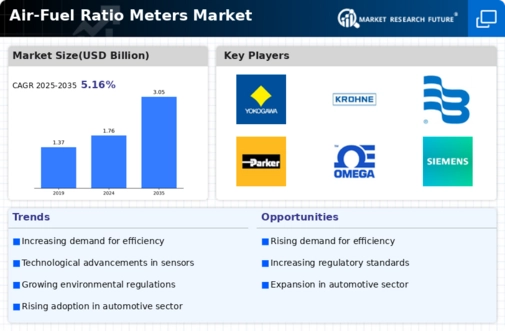
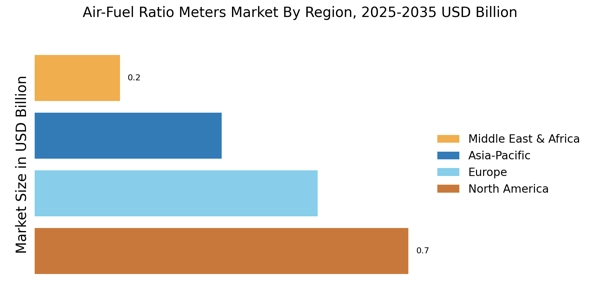
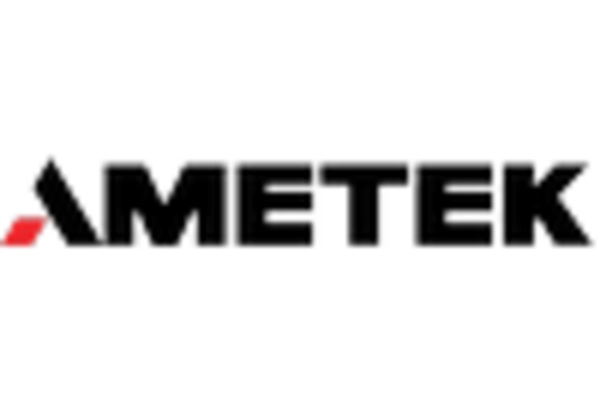


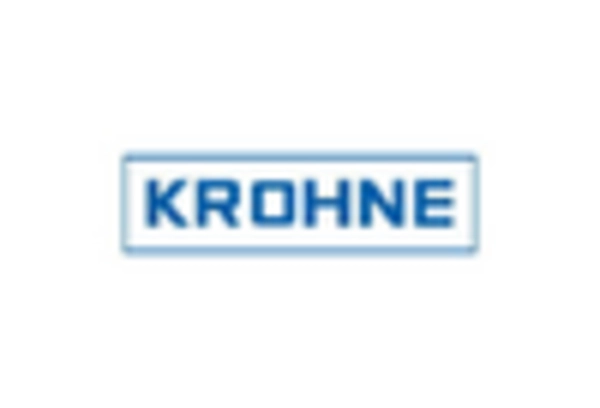

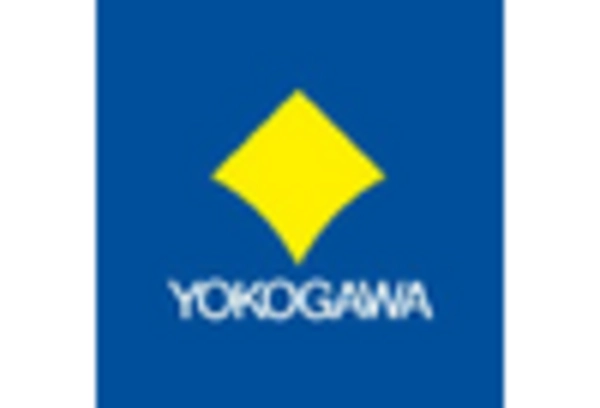








Leave a Comment